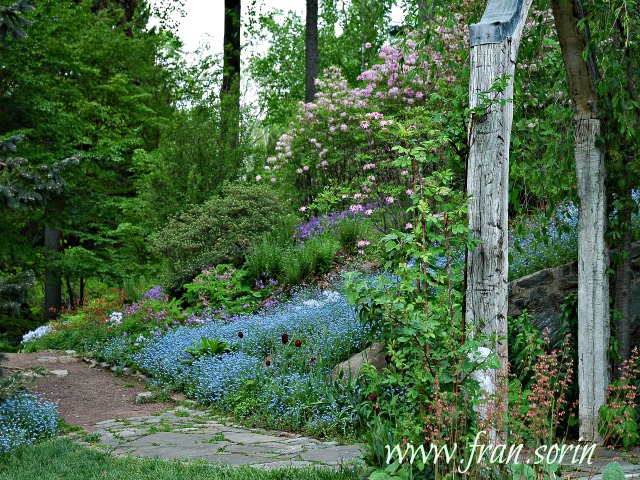This is the second year I will let my Italian parsley,
Petroselinium neapolitanum, flower and go to seed. I will probably do so for the rest of my gardening life. The insects adore those tiny flowers. In the warm sunshine it isn't just the bees, but all manner of insects, most of which I am unable to identify. It might be easier if I could just get a good shot of them but they just don't like that camera lens moving in on them.
Parsley nectar attracts many beneficial insects and encouraging them may even protects plants such as tomatoes from the tomato hornworm caterpillar. That would be a bonus. And right by the side of the parsley plant is my newly made bug hotel. It's early days yet but someone has already moved in.
When a friend came over with her camera with new macro lens the other evening I gave her a mission. A nice close-up of those parsley flowers. Of course the bees had gone home for the night but she managed to capture this ladybird feasting on the parsley.
Yesterday, I tried once again but my camera has trouble finding the right focus. I wonder if I need to try manual?
Is this a big-eyed bug? Either way it has a big head.
Who is this?
And the ladybirds were back again only this one has spots.
Last year when the seeds were ripe I took down the plants and carried them out and threw them under the cedar trees on the edge of the septic field. I have often taken plants to this area and there is quite a garden there now. Among the plants growing is a nice field of parsley. The poor quality of the soil there has meant the plants have not grown much-unlike those in the herb garden.
The grasses are in full seed mode. In the herb garden, Mexican feather grass,
Nassella tenuissima, and Ruby crystal grass,
Melinis nerviglumis, caught in the morning sun.
Both these grasses need to be controlled a little as they are a little too generous with their seeds. The older ones need to be pulled out.
The same is true of the bluebonnets. I have been snipping off the ripe seed heads every day and putting them in brown paper bags until planting time in the fall.
Clearly I have missed some.
After losing the whole of last years crop to the hail it is a relief to see the seed bank filling up again. By the end of the week I should be able to remove all the dead, dried foliage and the garden will start to look a lot tidier.
But there are those plants whose seed heads put on quite a show. First it was the poppies and now it is the Love-in-a-mist,
Nigella sp. They are wonderful in dried arrangements.
Before they went to seed they put on a wonderful show, returning year after year in all different colors.
I heard the designer Bunny Guinness espouse the growing of Nigella in the rock garden where they never achieve their full height. She was right. Seed away as much as you like.

















































































